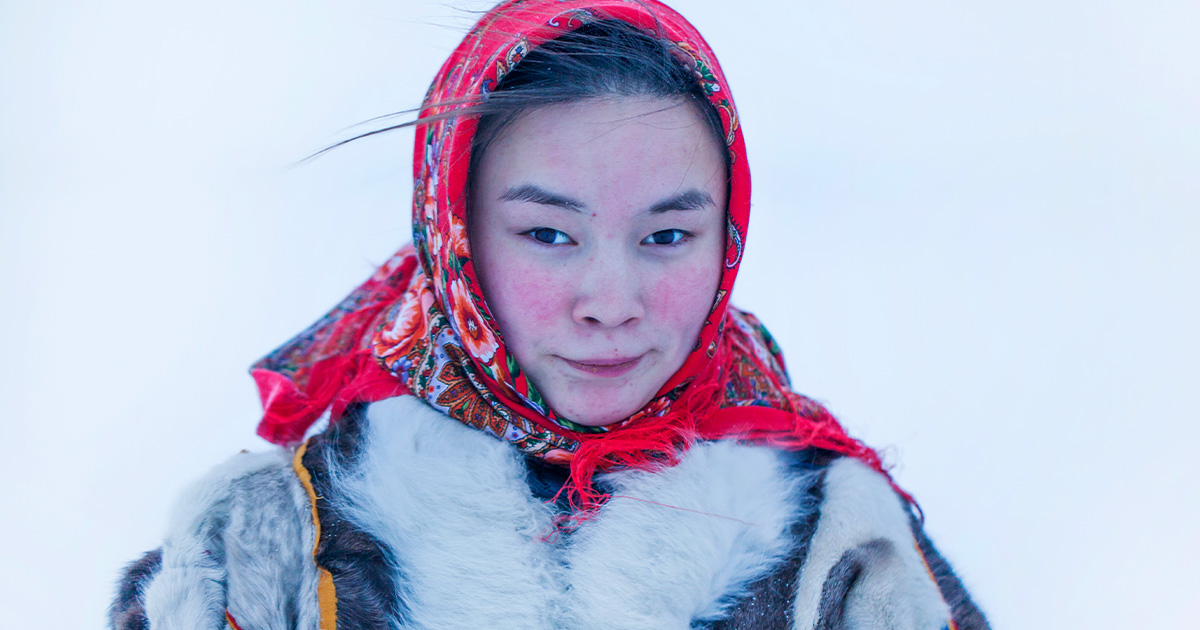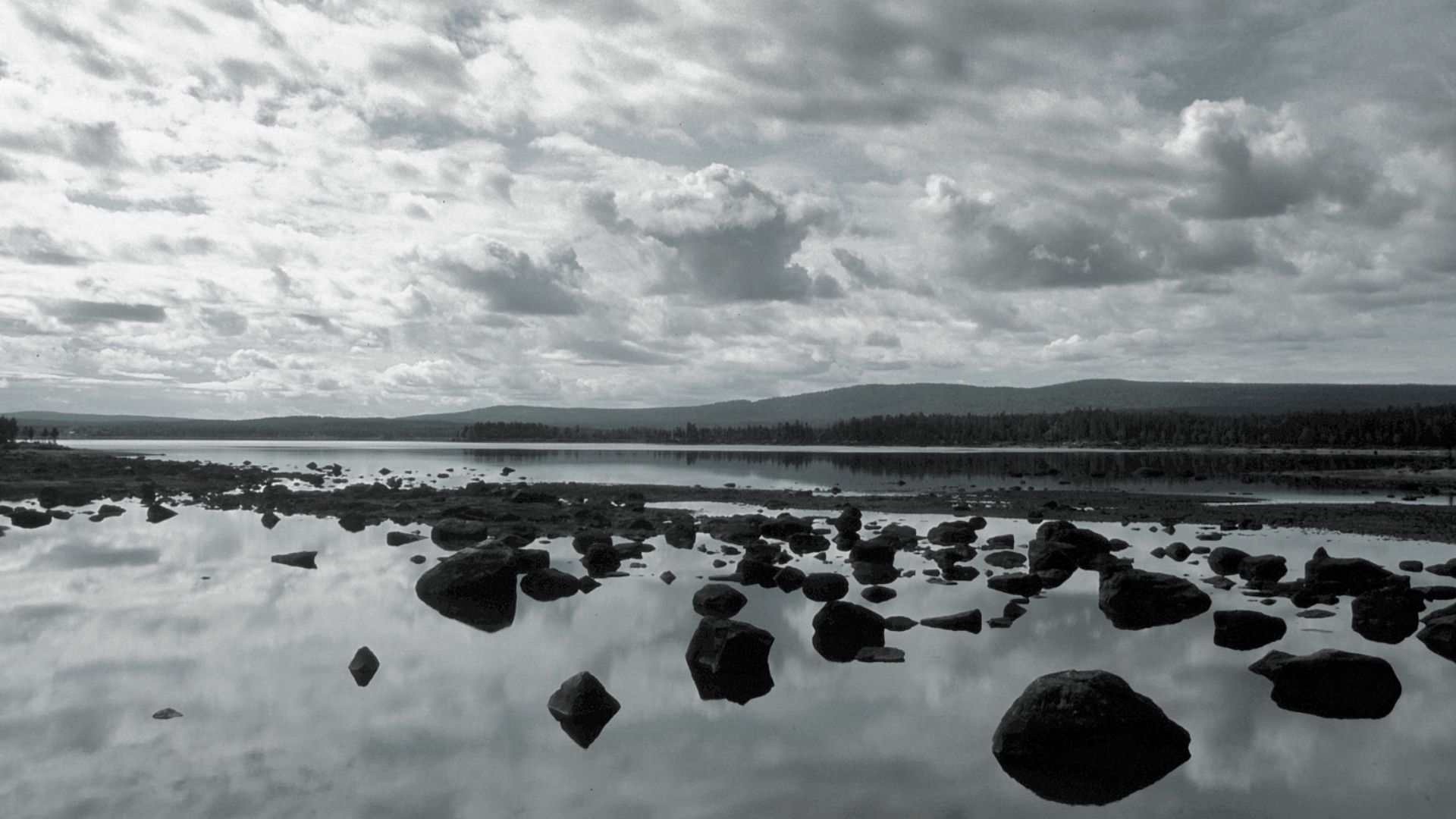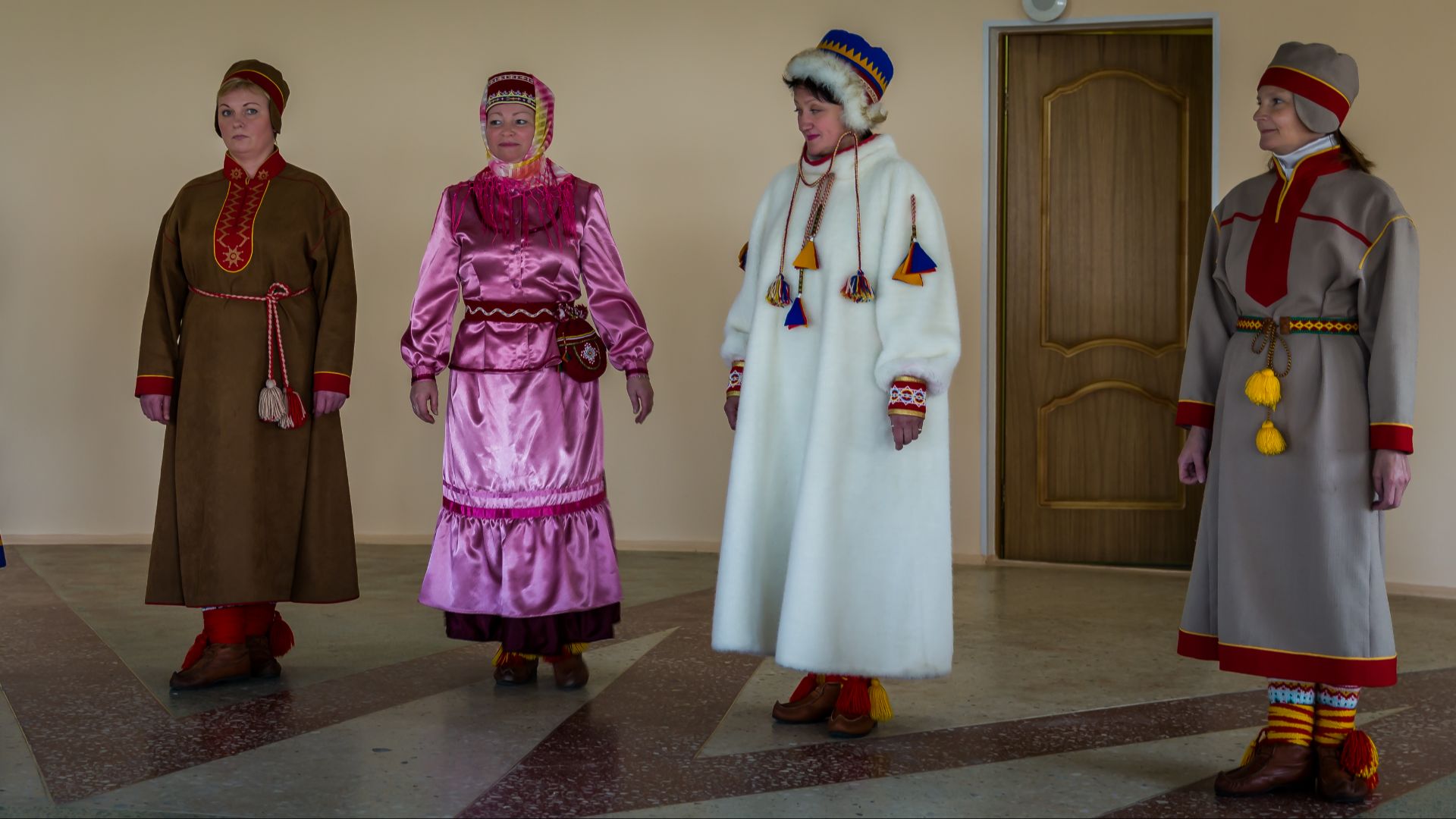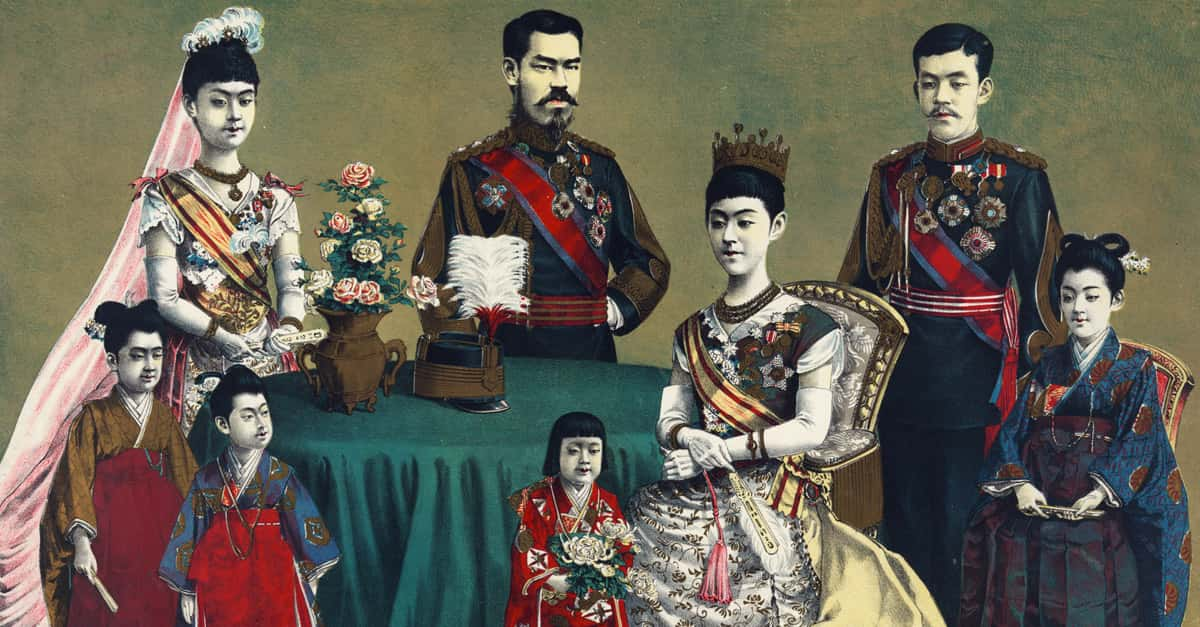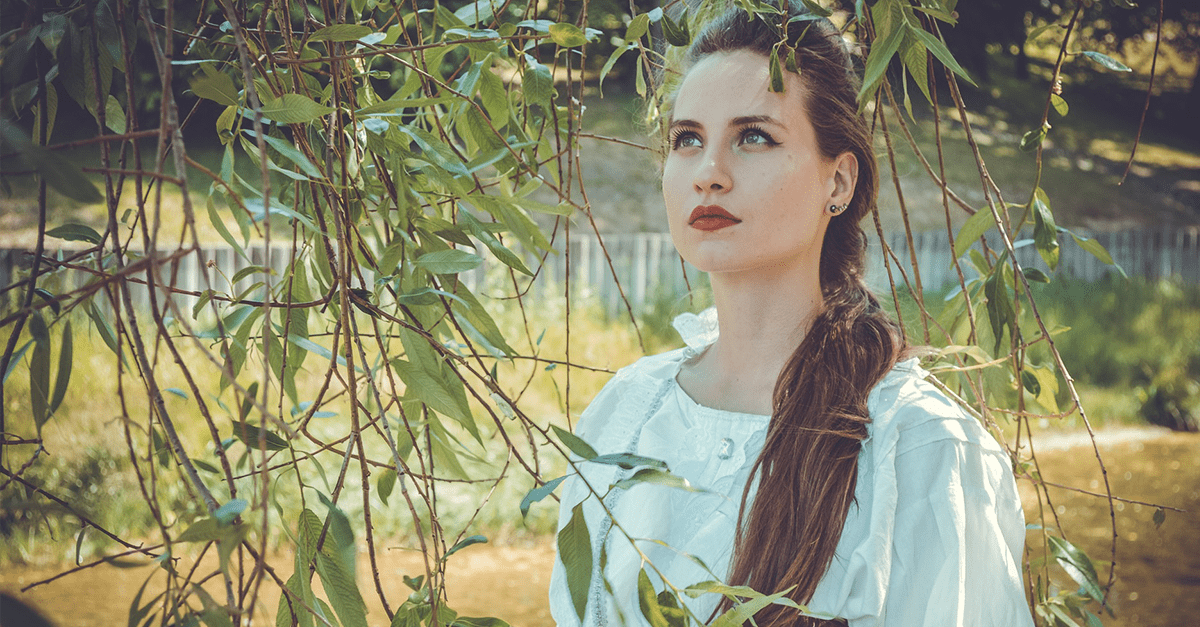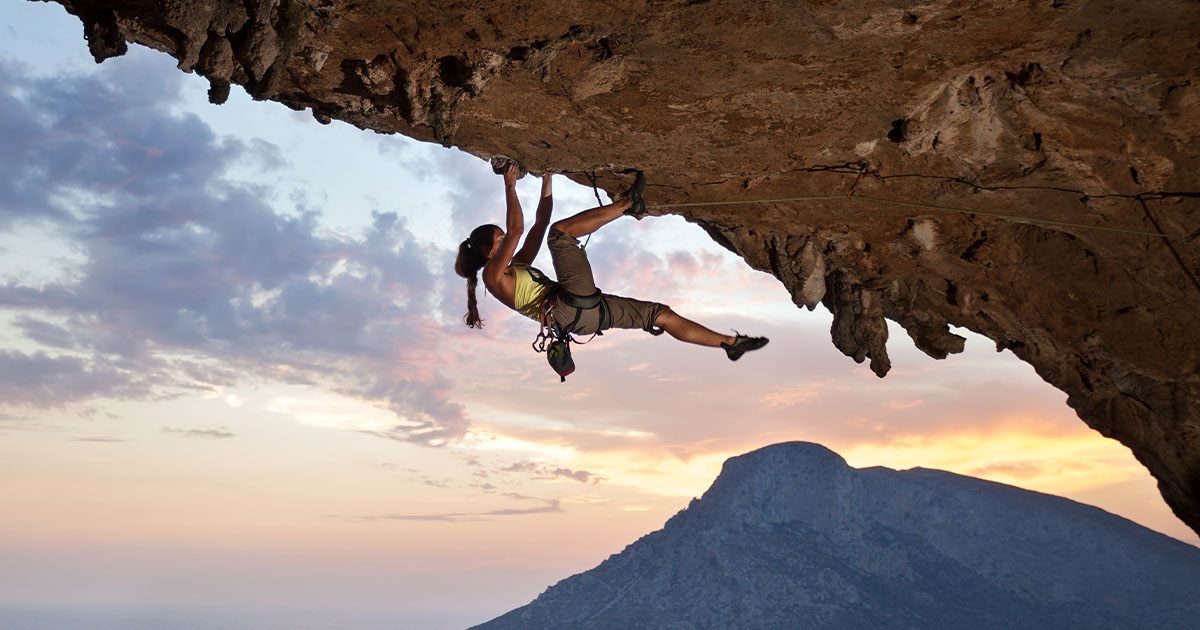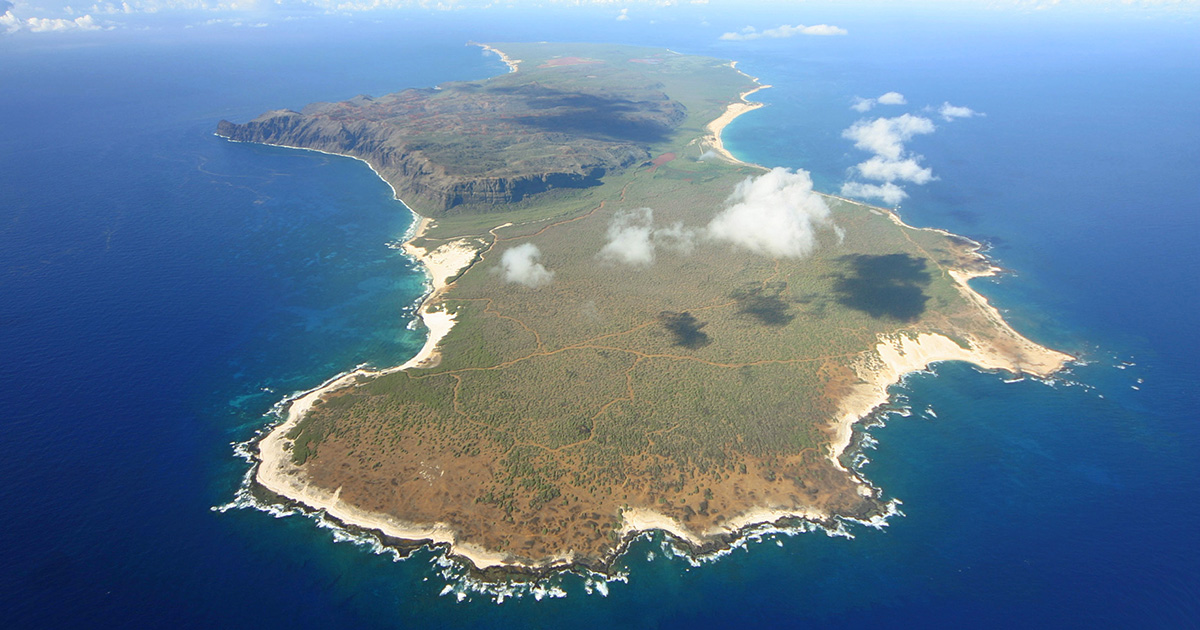People of the Northern Lights
Way up in the Arctic, where the skies glow with green light and the snow crunches underfoot, live the Sami people. They’ve called this frozen part of the world home for thousands of years. Their story isn’t about conquering the land—it’s about learning to live with it. And they’ve done that with a quiet strength that’s honestly kind of inspiring.
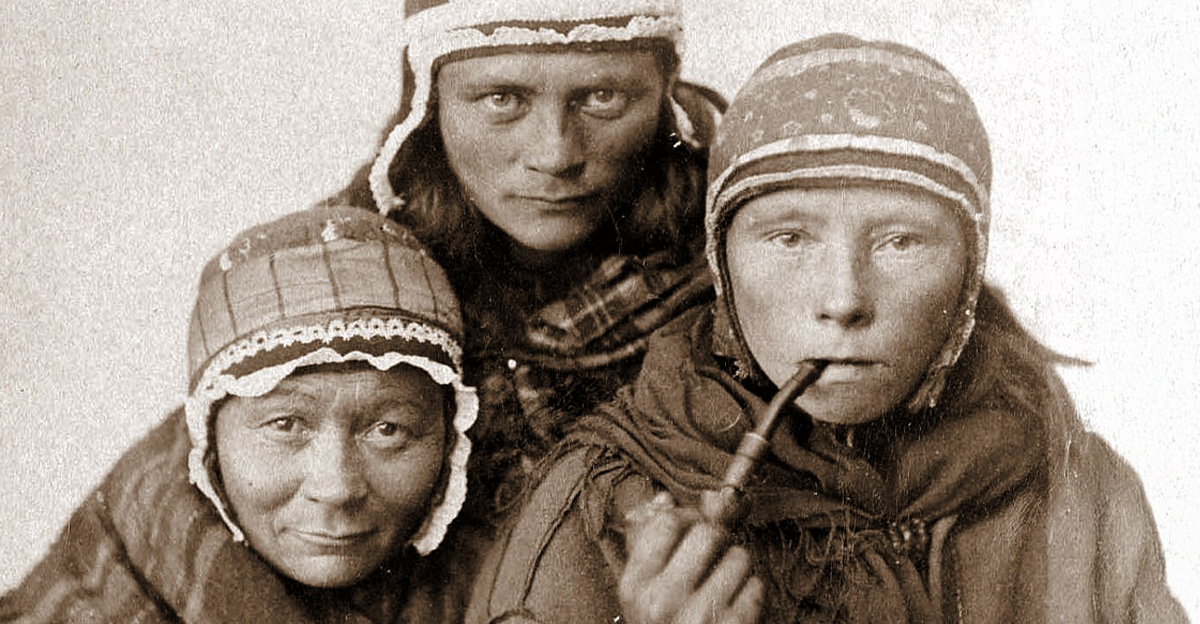
One of Europe’s Oldest Peoples
The Sami are one of the oldest Indigenous groups in Europe. Their roots go back thousands of years—long before countries and borders. For most of their history, they’ve lived by following the seasons, the reindeer, and the natural rhythm of the land. They never tried to tame nature. They worked with it.
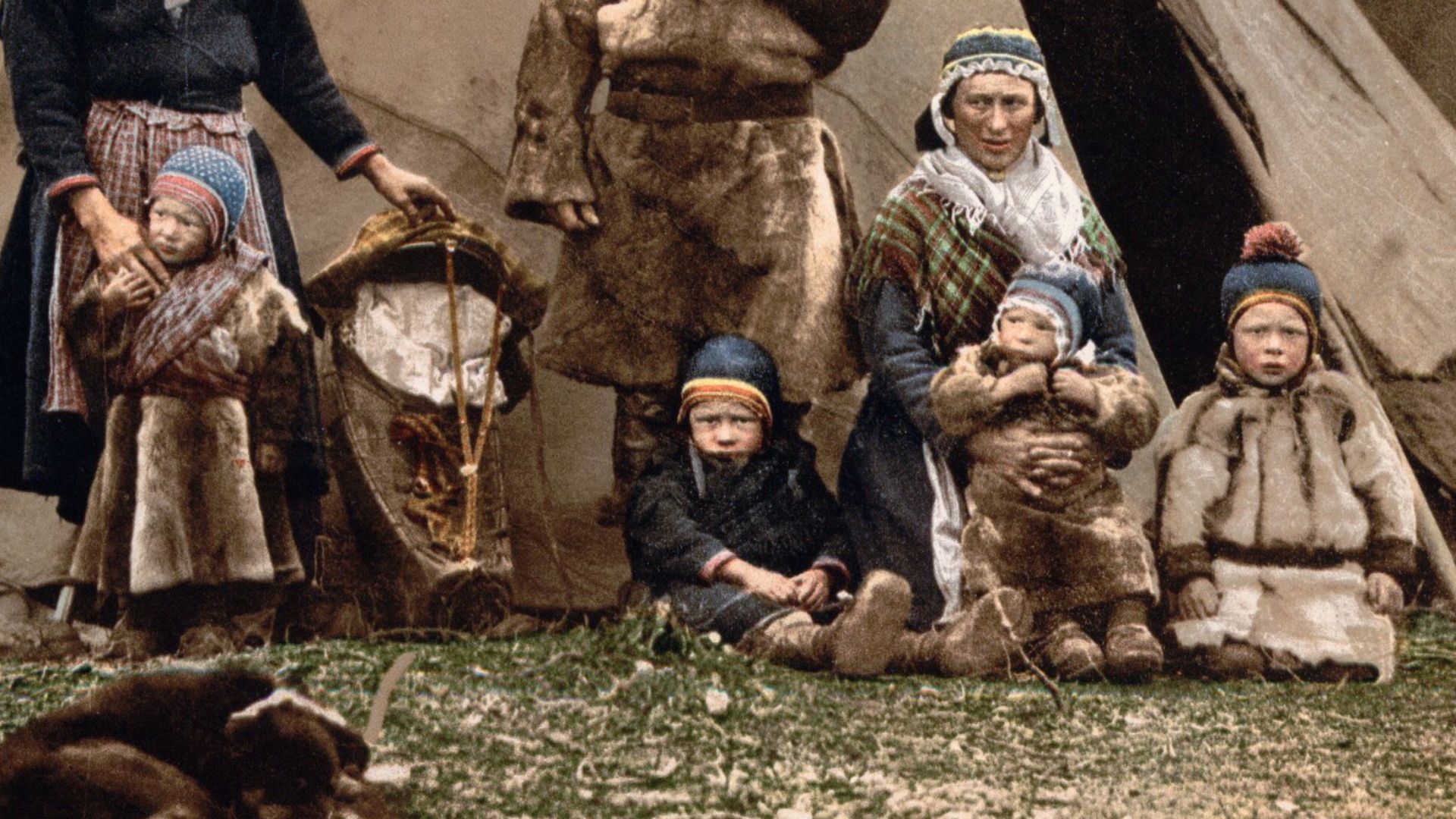 Unknown authorUnknown author, Wikimedia Commons
Unknown authorUnknown author, Wikimedia Commons
Welcome to Sápmi
Sápmi is what the Sami call their homeland. It stretches across parts of Norway, Sweden, Finland, and Russia. You won’t find it on a typical map, but it’s very real. It’s made up of rivers, reindeer trails, forests, and places only the Sami truly understand.
Their Language Has Layers
The Sami don’t speak just one language—they speak several different versions, depending on where they live. Their words are shaped by the Arctic environment. They even have dozens of words just for different types of snow. Because when snow is your life, you notice the details.
 Eino Makinen, Wikimedia Commons
Eino Makinen, Wikimedia Commons
Music That’s More Than a Song
The joik (pronounced “yoik”) is a kind of traditional singing unique to the Sami. But it’s more than just music—it’s meant to capture the spirit of a person, animal, or place. When someone joiks, they’re not just remembering something. They’re bringing it to life.
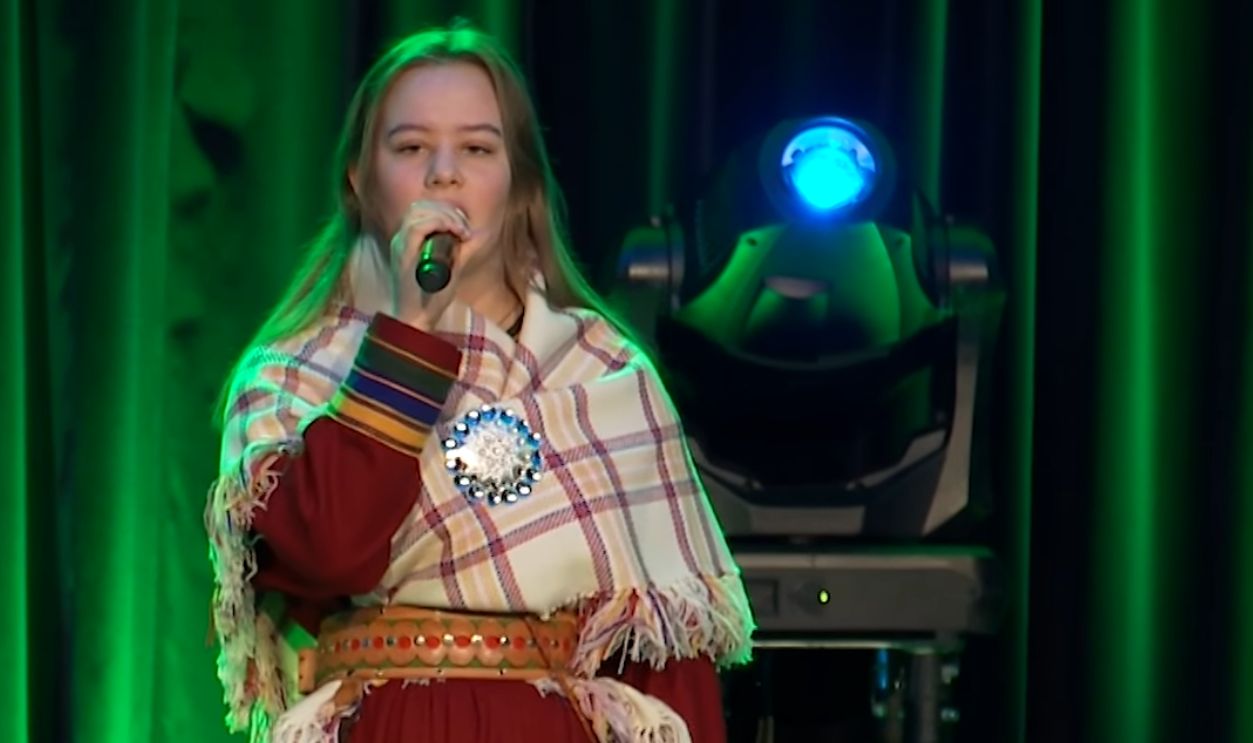 0 Sami singing joik, WISTA International
0 Sami singing joik, WISTA International
Reindeer Are Everything
Reindeer are at the center of Sami life. They’re not just livestock—they’re a way of life. Sami herders know every single reindeer in their herd. They use the meat, the hides, even the antlers. It’s all about respect and balance with the animals.
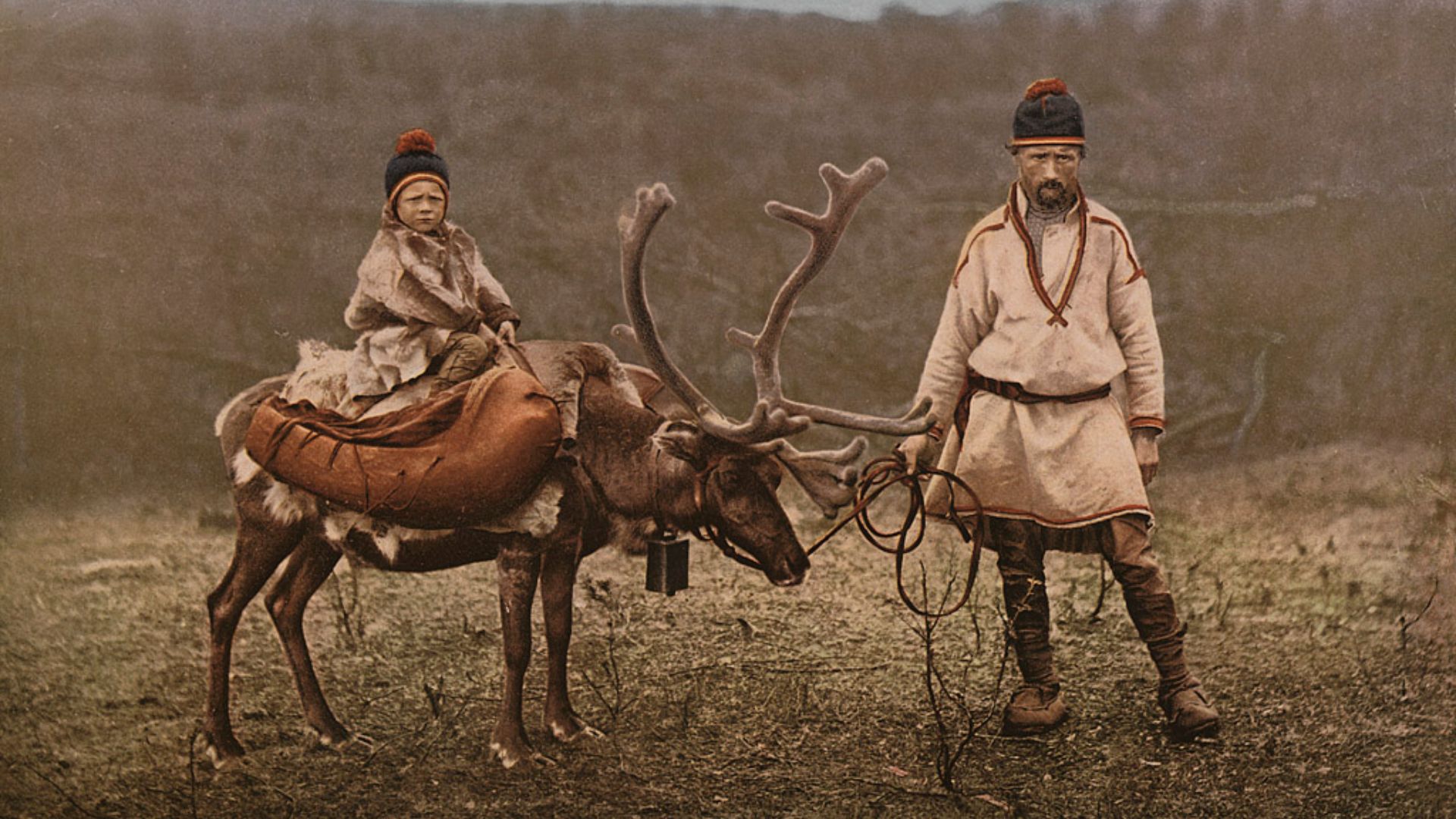 Nasjonalbiblioteket from Norway, Wikimedia Commons
Nasjonalbiblioteket from Norway, Wikimedia Commons
Dressing With Meaning
Traditional Sami clothes, called gákti, are bright and colorful—and they tell a story. The patterns and colors can show where a person’s from, what family they belong to, and sometimes even if they’re married. Plus, they’re super warm and perfect for Arctic weather.
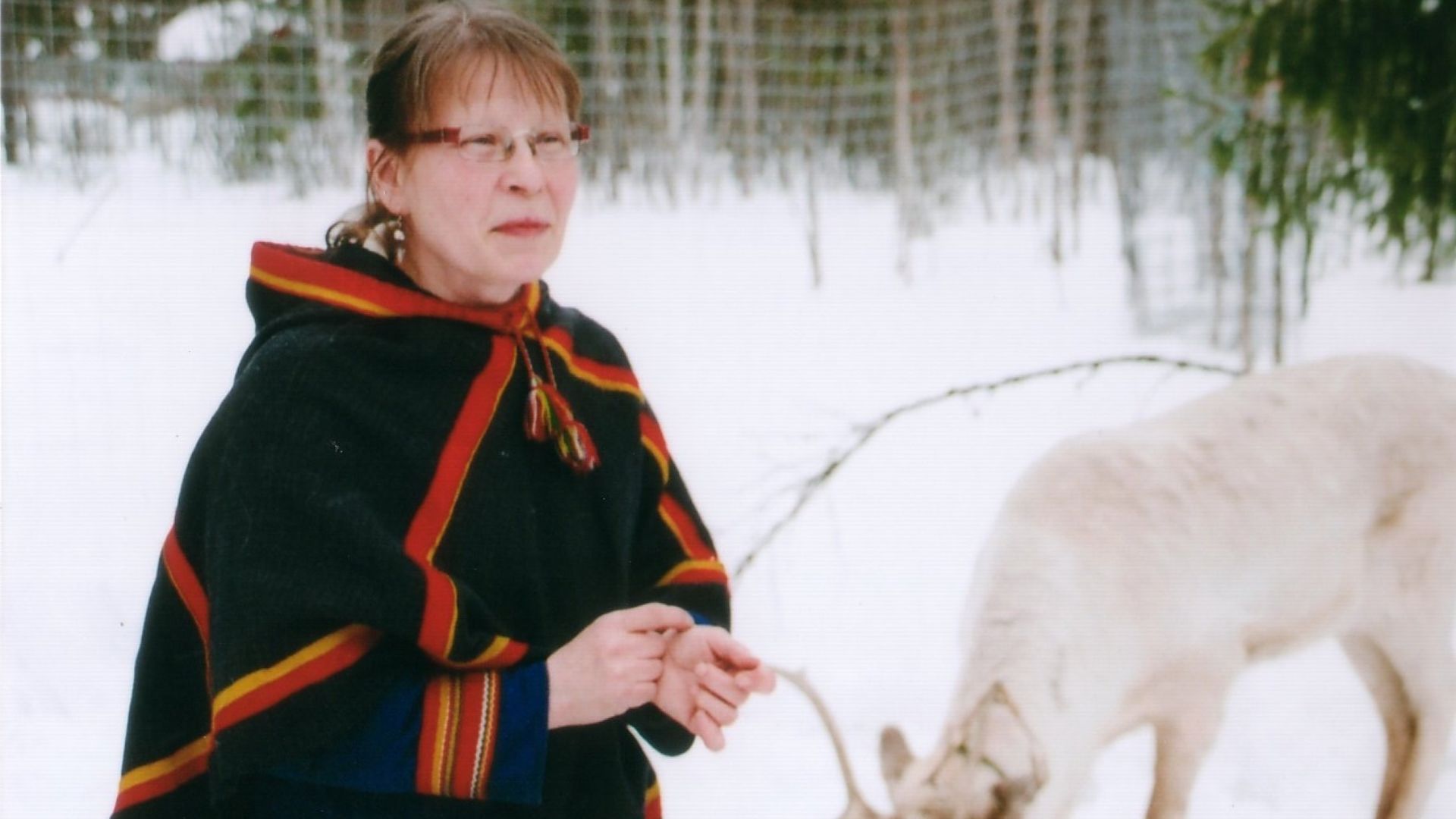 Anthony Randell, Wikimedia Commons
Anthony Randell, Wikimedia Commons
Home Sweet Lavvu
The Sami used to live in tents called lavvu. They look a bit like teepees and were perfect for moving around with the reindeer. Inside, there’s usually a fire in the center and space for the whole family. It’s cozy, warm, and easy to pack up.
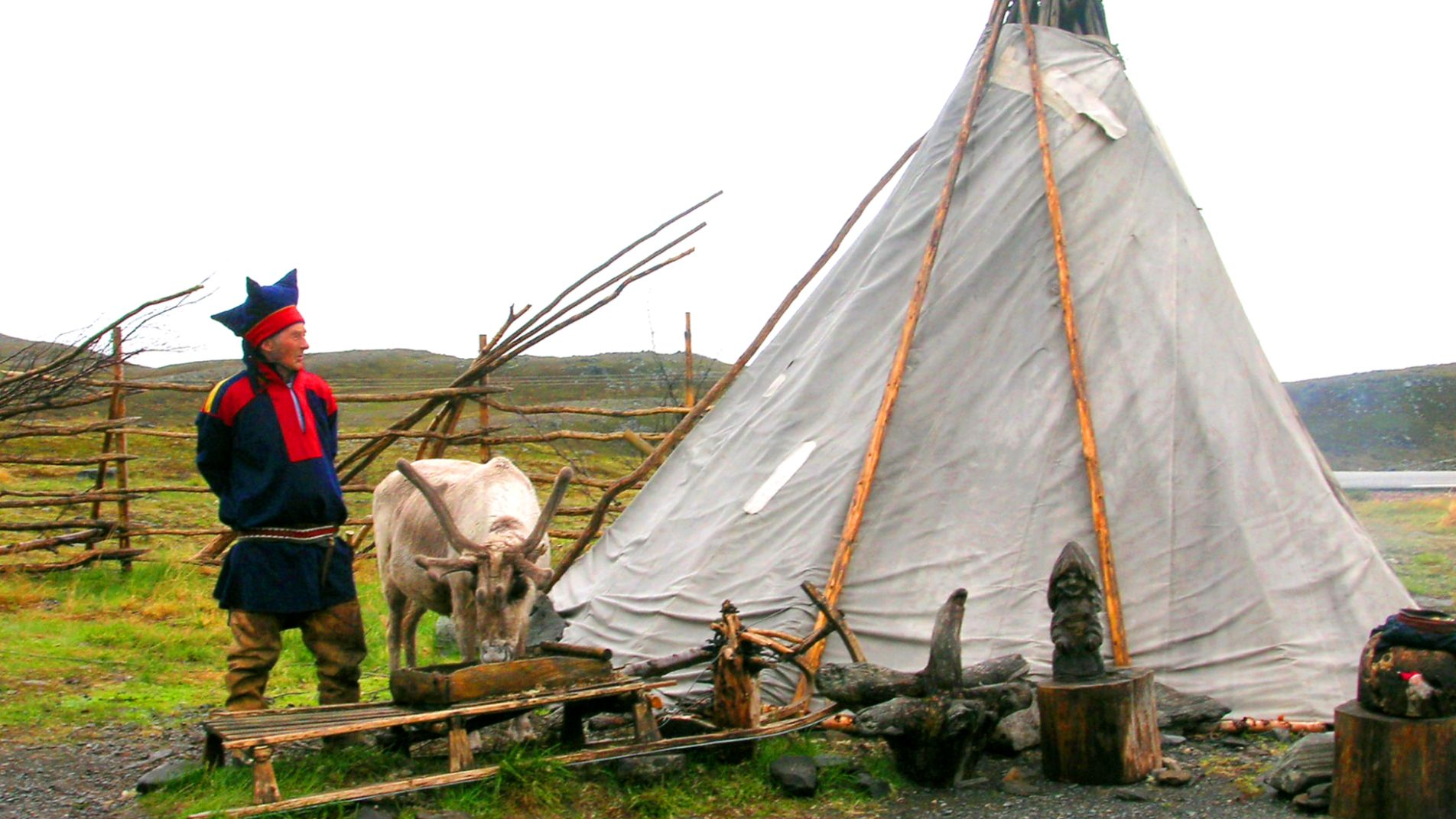 Ernmuhl at lb.wikipedia, Wikimedia Commons
Ernmuhl at lb.wikipedia, Wikimedia Commons
Nature Is Sacred
The Sami have deep spiritual beliefs tied to nature. They believe rivers, trees, and mountains have spirits. In the old days, they had shamans (called noaidi) who would help heal the sick and guide the community through rituals. Some of these old beliefs still stick around today.
 Francois-Auguste Biard, Wikimedia Commons
Francois-Auguste Biard, Wikimedia Commons
The Power of the Drum
Sami drums weren’t just for music—they were sacred. Shamans used them during ceremonies to communicate with the spirit world. Sadly, many were destroyed by missionaries and colonizers. But some survived, and today they’re being revived by young Sami trying to reconnect with their roots.
They’ve Had to Fight for Survival
For a long time, the Sami were told to give up their culture. Governments banned their language in schools and tried to force them to live like everyone else. But the Sami never fully let go of who they were. They kept their traditions alive quietly—and are now sharing them with the world.
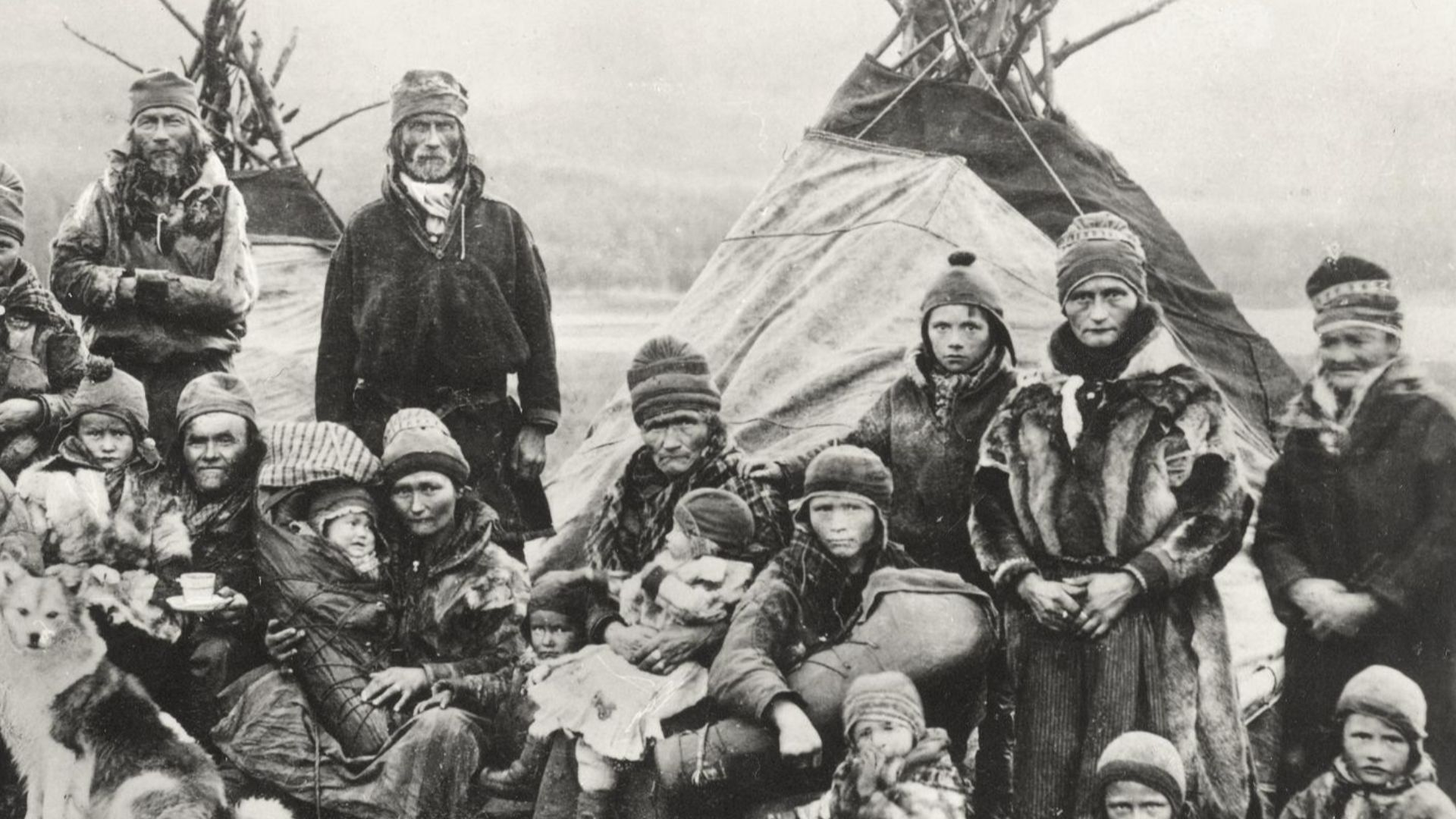 Granbergs Nya Aktiebolag, Wikimedia Commons
Granbergs Nya Aktiebolag, Wikimedia Commons
Standing Up and Speaking Out
In the 1900s, the Sami started organizing. They held protests, formed their own parliaments, and demanded land rights. It wasn’t always easy, but they’ve made major progress. Today, they have more say in decisions that affect their land and their future.
 Illustratedjc, Wikimedia Commons
Illustratedjc, Wikimedia Commons
Culture on the Rise
These days, Sami culture is being celebrated more than ever. Young Sami are learning the language, wearing gákti with pride, and keeping old traditions alive in new ways. It’s not about going back—it’s about moving forward while holding on to what matters.
Art With Heart
Sami artists are doing amazing things in fashion, music, and film. Some joikers are mixing traditional singing with modern beats. Others are bringing traditional patterns into high fashion. It’s creative, it’s bold, and it’s proudly Sami.
 Albin Olsson, Wikimedia Commons
Albin Olsson, Wikimedia Commons
They See the Year Differently
Instead of four seasons, the Sami recognize eight. That’s because life in the Arctic doesn’t change in big chunks. There’s early winter, late winter, early spring—and every little shift in nature matters. Their whole lifestyle depends on reading those changes.
 1936 Kortcentralen Helsingfors, Wikimedia Commons
1936 Kortcentralen Helsingfors, Wikimedia Commons
Snow Has Its Own Vocabulary
To the Sami, not all snow is the same. There’s snow you can walk on, snow that’s too soft, snow that’s good for sledding, and snow that’s dangerous. Knowing the difference can be the key to survival.
 Sergey Gruzdev, Wikimedia Commons
Sergey Gruzdev, Wikimedia Commons
The Big Move
Each year, many Sami families still move with their reindeer herds. They travel hundreds of miles across frozen landscapes, using snowmobiles or skis. It’s part tradition, part survival. They follow the same paths their ancestors did, guided by memory and instinct.
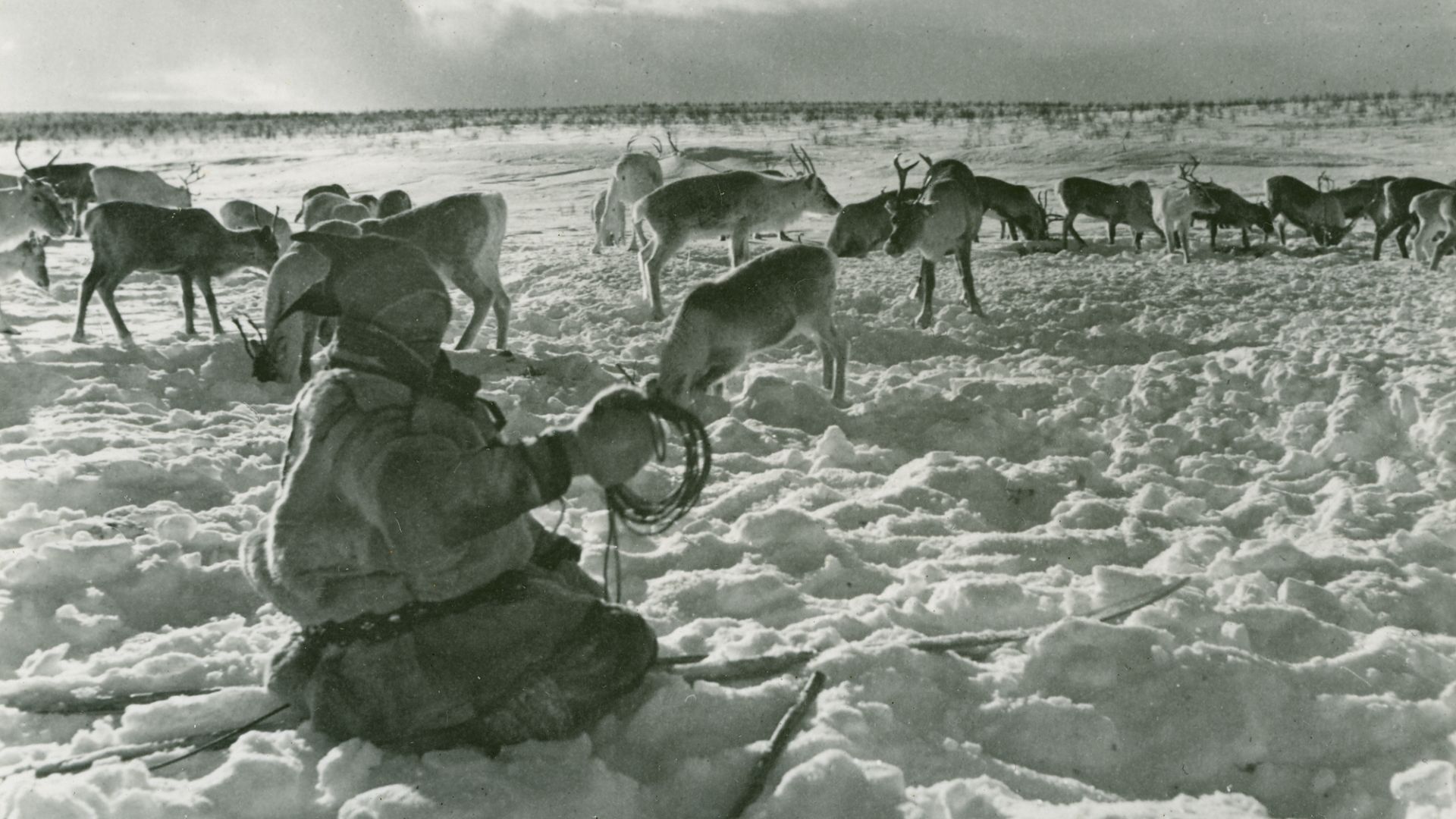 Preus museum, Wikimedia Commons
Preus museum, Wikimedia Commons
Gliding Across Ice
In winter, frozen lakes become highways. The Sami guide the animals carefully across the ice, using songs and calls that echo across the white silence. It’s not just work—it’s a ritual, a rhythm, a connection between humans, animals, and the land.
Still Here, Still Strong
The Sami people are still here—and they’re still thriving. They’ve faced a lot, but they’ve never let go of who they are. Whether it’s through joiking, herding, or teaching the next generation, they’re keeping their culture alive and strong.
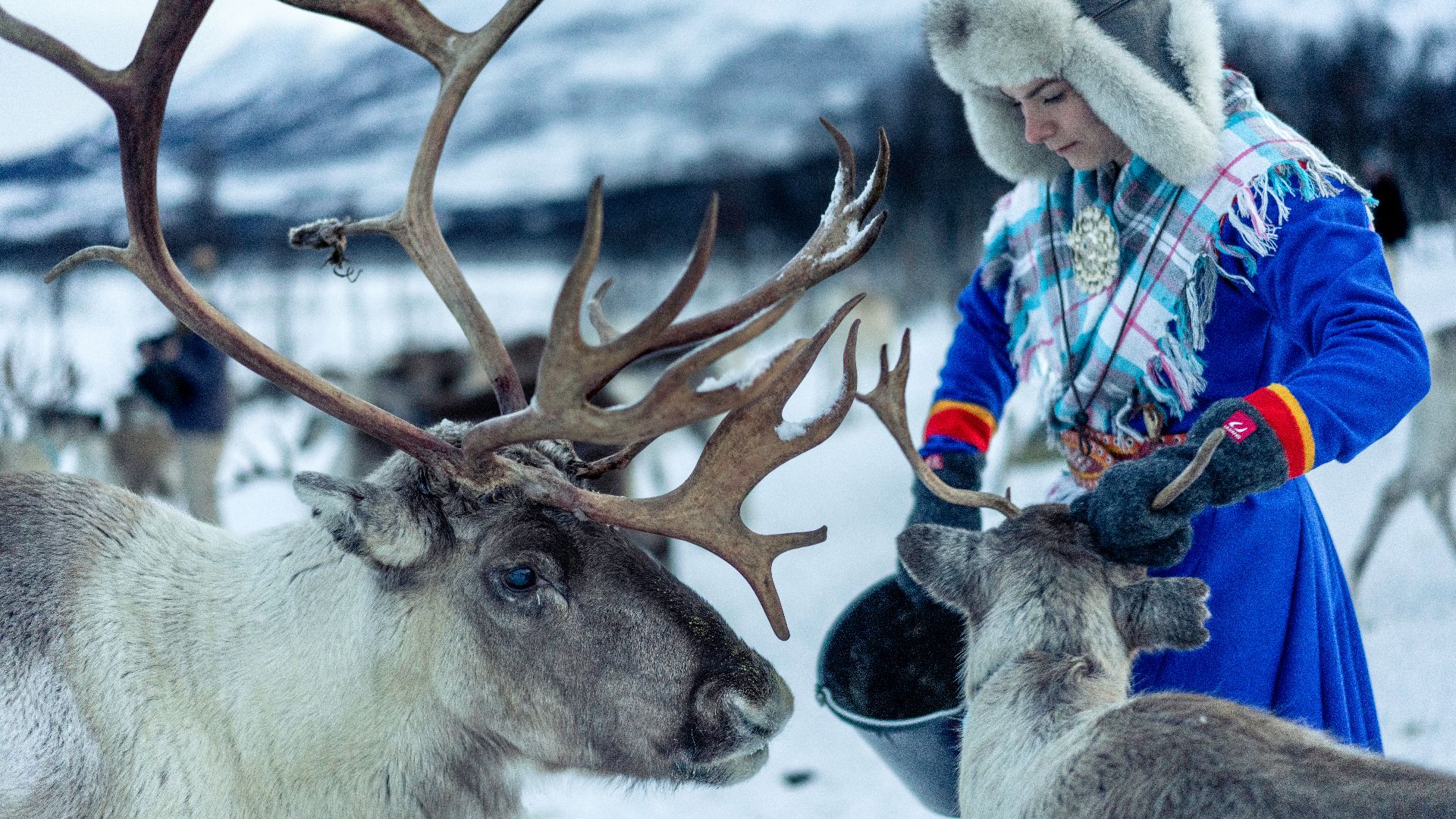 Lorie Shaull, Wikimedia Commons
Lorie Shaull, Wikimedia Commons
You May Also Like:
The Jungle Tribe That Protects Themselves With Spears Dipped In Poison
Photos Of The Masked Warriors Who Dance Before Every Hunt
Photos Of The Highland People Who Paint Their Faces To Signal Danger
Sources: 1, 2, 3, 4

